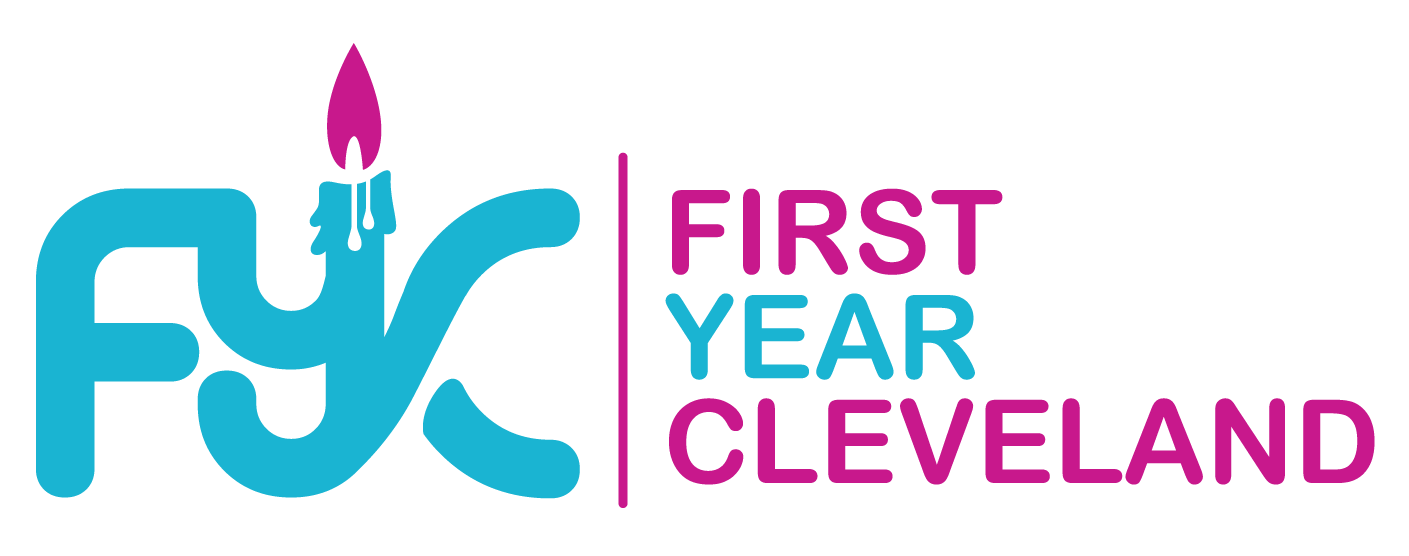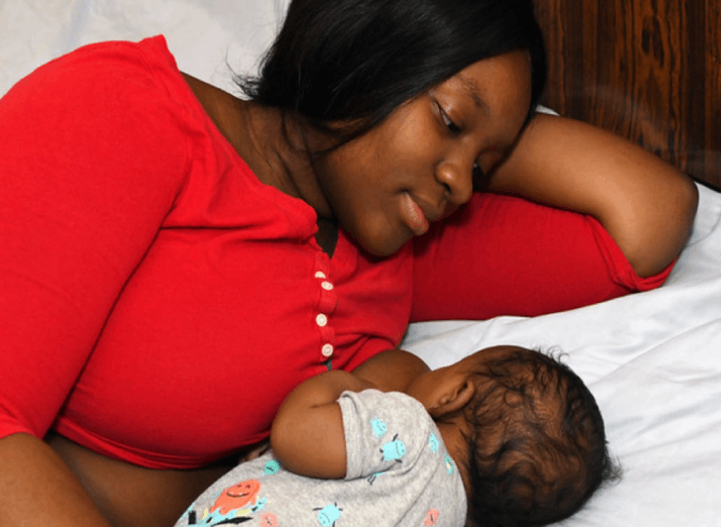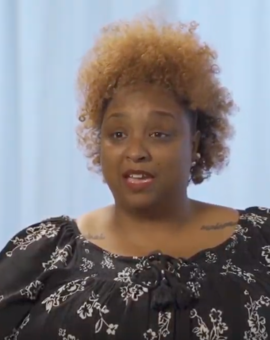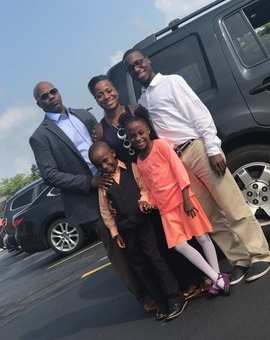First Year Cleveland Pregnancy And Infant Loss (PAIL) Committee Launch OWN (Our Wellness Network)
Posted June 12, 2020 in Press Releases
OWN provides emotional and mental support to women and men who are experiencing pregnancy, infant loss, and early stages of parenting
CLEVELAND – As part of the ongoing efforts to raise awareness regarding infant mortality rates in Black communities, and racial disparities within maternal healthcare, the First Year Cleveland (FYC) Pregnancy and Infant Loss (PAIL) Committee will launch the Our Wellness Network (OWN) during a press conference to be held June 18, 2020 at 10 am via a Zoom virtual event.
The press conference has concluded. If you weren’t able to participate, you may view it here.
Cuyahoga County Councilwoman Shontel Brown and City of Cleveland Councilman Blaine Griffin, who have been active with FYC PAIL’s planning and community outreach efforts, will speak at the event.
The press conference will highlight the gaps in service for the Black community, the importance of seeking mental health support, and discuss the value of having Our Wellness Network (OWN) comprised of Black therapists, parents, and lay leaders, available to help Black families who have experienced a miscarriage, stillbirth or an infant death situation.
OWN support services will also be available to those who may be experiencing stress or depression during pregnancy, birth, or parenting stages.
“Cuyahoga County’s infant mortality rates among the Black community are some of the highest in the United States,” said Tracy L. Carter, MHSA, co-chair of the First Year Cleveland Pregnancy and Infant Loss Committee. “Especially now, during the current climate of our world, the launch of OWN is timely and relevant for Black families who are experiencing pregnancy and infant loss, or who need emotional support during and after pregnancy. Through OWN, we hope to provide Black community members and others with the support they need to manage depression, anxiety and stress before, during and even after pregnancy in an effort to improve maternal and infant health outcomes.”
If you are interested in attending the Zoom Press Conference, please contact Katrice D. Cain, MA, Racial Disparities & Health Equity Program Director, First Year Cleveland, 216-368-5017 or kdc37@case.edu
For more information regarding Case Western Reserve University First Year Cleveland visit firstyearcleveland.org and for more information regarding FYC PAIL or OWN visit pailconnect.org.



